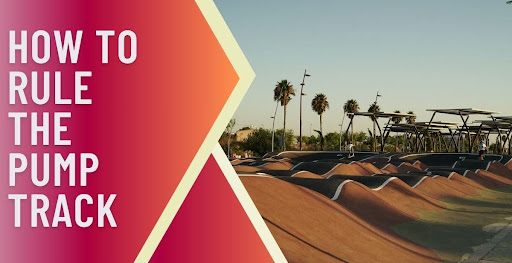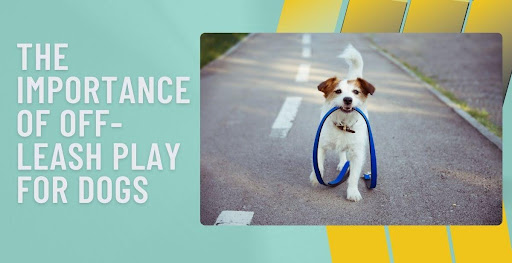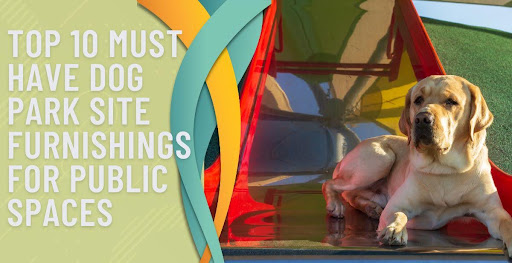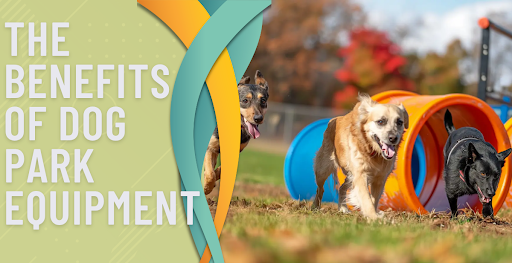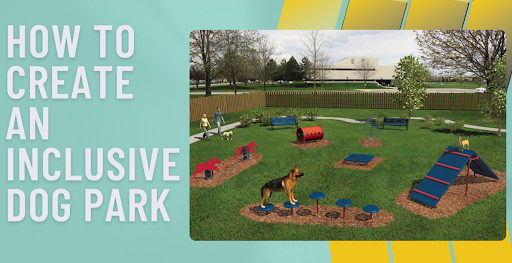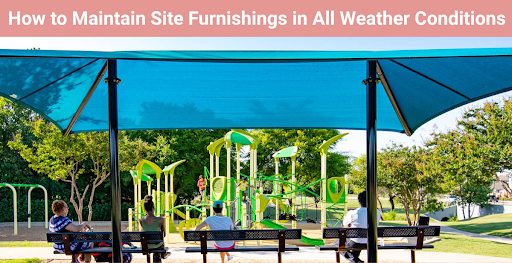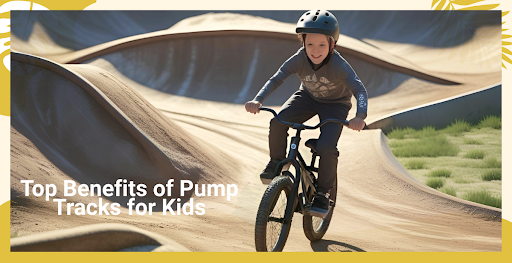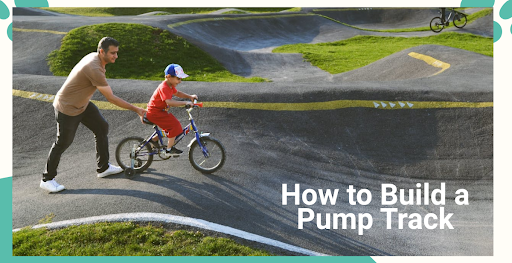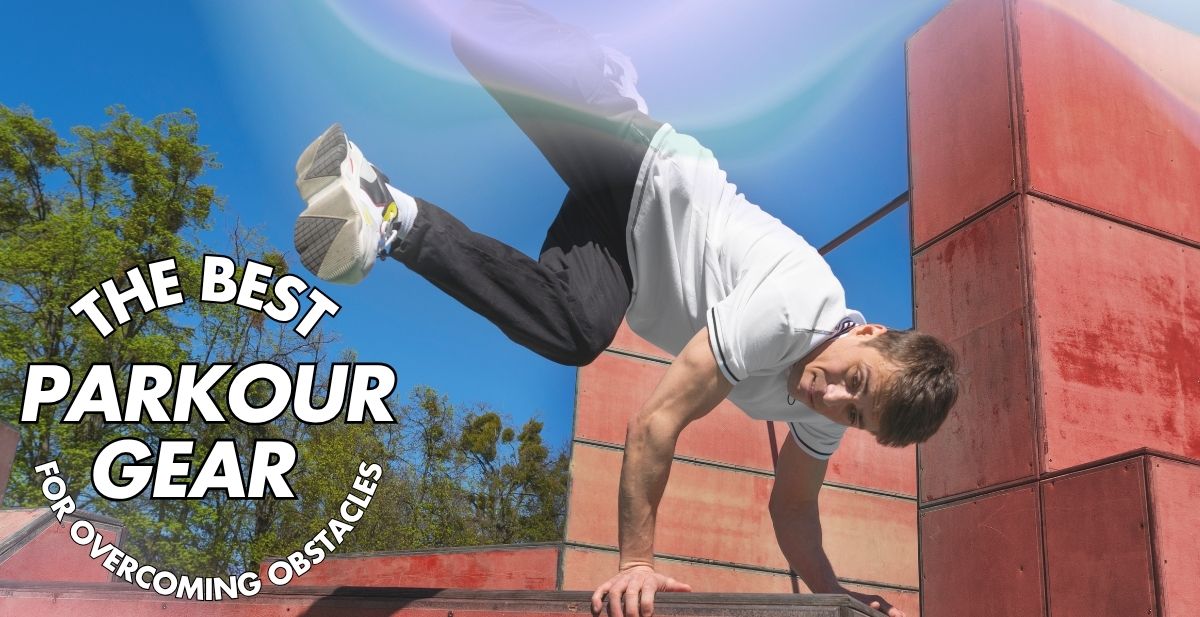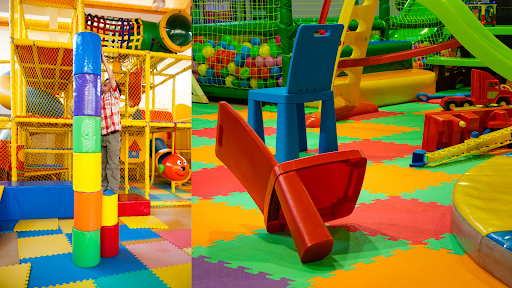Building an Indoor Playground for Your Kids
Don't let the constraints of outdoor spaces limit your kids' fun. Learn how to create a safe and enjoyable indoor playground for your family with the experts at.


With the rise in urbanization and limited outdoor spaces, indoor playgrounds have become the go-to solution for many families. They offer a perfect blend of safety, convenience, and fun.
This guide delves deep into the importance of indoor playgrounds, how to build one, and why professionals like Park N Play Design are pivotal in this process.
Why Is It Important to Build an Indoor Playground?

Indoor playgrounds have steadily gained traction among modern families, and there are plenty of compelling reasons to consider them. The world is rapidly evolving, and the needs of children, adults, and families are changing.
Here's a deeper dive into the undeniable significance of creating an indoor play haven for kids:
Safety and Controlled Environment
Most parents visit indoor playgrounds for their peace of mind, and parents can relax, knowing their kids are playing in a safe and controlled environment. Indoor play areas offer a controlled environment free from the unpredictability of outdoor hazards like traffic, stray animals, or uneven grounds.
Fostering Physical Activity
Childhood obesity is rising due to increased screen time and decreased physical activity. An indoor playground right within your home offers a fun way for kids to stay physically active, irrespective of the weather outside.
With features like monkey bars and rock walls, children can get the much-needed exercise that promotes their overall health and development.
Cultivating Creative Play
Indoor playgrounds provide more than just physical play, they can be a haven for imaginative and creative play. With the right set-up, young kids can engage in role-play, story enactments, and other activities that boost their cognitive and social skills.
For instance, a ship-like structure or a castle-themed playground can transport kids to imaginary worlds, fostering their creativity.
Bonding and Family Time
A well-designed indoor playground can be a fun spot for the whole family, promoting quality family time. In today's fast-paced world, these playgrounds can become essential bonding zones, fostering connections between siblings and allowing parents to join in the fun.
Customization to Fit Personal Preferences
Unlike public playgrounds designed to cater to the masses, personal indoor play areas can be tailored to your child's specific interests and needs. Whether your child loves to climb, slide, read, or all of the above, you can design the space to align with those interests, ensuring it remains a favorite spot for years to come.
Hygiene and Cleanliness
With the lingering concerns of global health crises and the importance of cleanliness, having an indoor playground ensures you control the hygiene standards. You can ensure the playground equipment is cleaned and sanitized regularly, reducing the risk of illnesses.
Building Independence and Confidence
Having a space where kids can lead their play, make decisions, and explore on their terms can be a significant confidence booster. Over time, these positive experiences can cultivate a sense of independence and self-assuredness in children, traits that are invaluable as they grow.
Tips on Building a Kids Indoor Playground

Setting up an indoor playground for your children is more than just assembling some play equipment indoors. It's about crafting a space that encourages growth, learning, and endless fun.
As you embark on this exciting journey, consider these expanded tips to ensure a fulfilling play experience for your little ones:
Choose a Diverse Range of Play Equipment
Your kids' indoor playground should feature a range of playground equipment. Diversity in play equipment will keep your child engaged for longer durations.
Beyond the basic slides for younger children, consider slides for the younger children, including monkey bars, rock walls, swing sets, and maybe even a mini trampoline for the older kids. Different types of equipment cater to varied interests and developmental stages, ensuring that your indoor playground remains appealing as your child grows.
Prioritize Safety Above All
It's crucial that all play equipment is child-friendly. Look for items with smooth edges, non-toxic materials, and secure fittings. Soft floorings, like foam tiles or rubber mats, must cushion any falls.
Moreover, ensure there are no sharp corners or objects in the proximity of the play area.
Optimize the Available Space
While cramming as many fun items as possible is tempting, ensure ample space between playground equipment to prevent accidents and collisions. Depending on the size of your indoor area, you might have to make choices.
Multi-purpose play equipment can be a great solution for space constraints.
Consider Age-appropriate Design Elements
The indoor play areas should cater to different age groups, ensuring that younger and older kids find it engaging. Younger kids might enjoy sensory play panels, soft play blocks, and low-level climbing structures.
In contrast to toddlers, older kids might appreciate more challenging equipment, like taller slides or a more complex rock wall.
Multifunctional Use
Especially for those with limited space, dual-purpose equipment can be a lifesaver. Think of seating that doubles as storage or a rock wall with a bookshelf, which, on the other side, serves as a magnetic board for artistic endeavors.
This not only maximizes space but also adds layers of functionality to the play area.
Incorporate Creative Zones
While physical play is vital, creative play is equally important. Consider setting up a corner with arts and crafts supplies or a reading nook with comfortable cushions and a selection of books.
This ensures that the indoor playground nurtures both the body and the mind.
Ventilation and Lighting
Good airflow and adequate lighting are often overlooked but are vital for creating a healthy play environment. Ensure there are enough windows or ventilation systems, and consider installing bright but diffused lighting to keep the area well-lit without being harsh on the eyes.
Themes and Personalization
Personalizing the playground can make it even more appealing. Themes based on your child's interests, be it pirates, space, forests, or fairy tales, can add a layer of excitement.
Wall decals, themed play tents, or even painted murals can bring the theme to life.
Growth and Adaptability
As your child grows, their interests will evolve. Design the playground in such a way that it's easy to swap out or add equipment.
This ensures that the playground remains relevant and exciting throughout their childhood.
Seek Feedback from Kids
Finally, involve your children in the planning process. Their feedback can be invaluable, ensuring that the final result you create is something they truly love and cherish.
Things to Consider When Building an Indoor Playground

Budgeting and Financial Planning
Understand your budgetary constraints from the outset. Indoor playgrounds can vary significantly in cost, from simple set-ups to luxurious play havens, and remember its many benefits.
Deciding on a budget and prioritizing the most necessary equipment and features is essential. Over time, as resources allow, you can always upgrade or add more elements.
Consider Surrounding Areas
The playground should ideally be located away from fragile items, sharp corners, and busy areas of the house to prevent accidents. These include flame-retardant materials, using non-toxic paints, and child-proofing the surrounding area.
Ensure there's adequate padding, and if there are windows, they should be made of safety glass.
Space Analysis
Before purchasing any play equipment, assess the available space. Measure the area to ensure that the selected equipment fits well within enough space, keeping in mind room for movement around the equipment.
Remember to account for height, especially for climbing structures or overhead installations.
Maintenance and Cleaning
Kids can be messy! Think about how easy it will be to clean and maintain the playground. Cleanliness and periodic equipment checks are crucial, just like they are in an indoor playground business.
Opt for washable paints and easily cleaned materials, and ensure that every corner is accessible for vacuuming or wiping down.
Flexibility for Growth
Your child's interests at age three will differ vastly from their interests at age eight. The playground should, of course, be designed with adaptability in mind.
Can you replace certain elements easily? Are the installations modular to allow for change?
Storage Solutions
Incorporate storage solutions to house toys, books, art supplies, and other play items. This will ensure the area can be tidied up easily and will teach your child organizational skills.
Interactive and Educational Elements
Beyond the physical play, consider adding elements that stimulate the mind. This could be in the form of interactive panels, puzzles, educational games, or a reading corner.
Inclusivity
Consider the varying age groups and interests if you have more than one child or if your child often has friends over. Ensure that the playground is inclusive, offering something for everyone.
Feedback from the Young Ones
This idea might seem trivial, but children often have clear ideas about what they want. Engage them in the process, ask for their opinions, and consider their preferences.
After all, they are the primary users!
Future Use and Reusability
Think about the longevity of the playground. Can parts of it be repurposed in the future? For example, a climbing wall might later be converted into a bookshelf or storage area.
Environmental Concerns
Opt for sustainable and eco-friendly materials wherever possible. Not only is this better for the planet, but it also ensures a healthier play environment for your kids.
Building Your Dream Indoor Playground With Park N Play Design
Building an indoor playground for your children is an investment in their happiness, health, and development. It's a fun way to ensure they remain physically active and engaged, reaping the many benefits of play.
Whether for personal use or as a business plan, indoor playgrounds are a testament to the evolving landscape of child play and entertainment. Embarking on such a project might seem daunting, but the process becomes seamless with experts like Park N Play Design.
Their experience in the indoor playground business ensures that they understand safety standards, design principles, and the latest industry trends in play equipment. They know that every child is unique, as are your space constraints, and their solutions are tailored for both you and your kids.
Their professional website and services will flood you with design ideas and layouts for indoor playgrounds for all age groups. Contact now!


